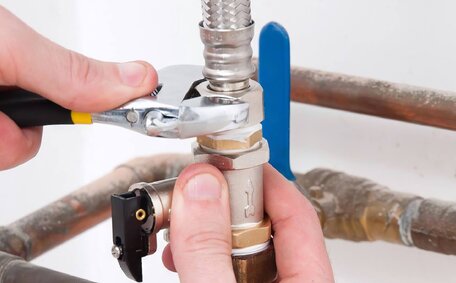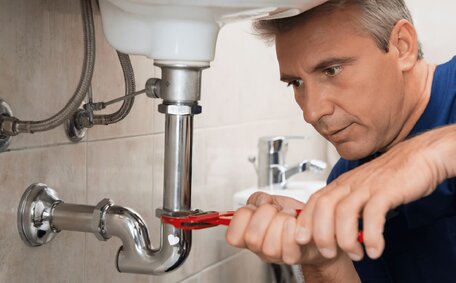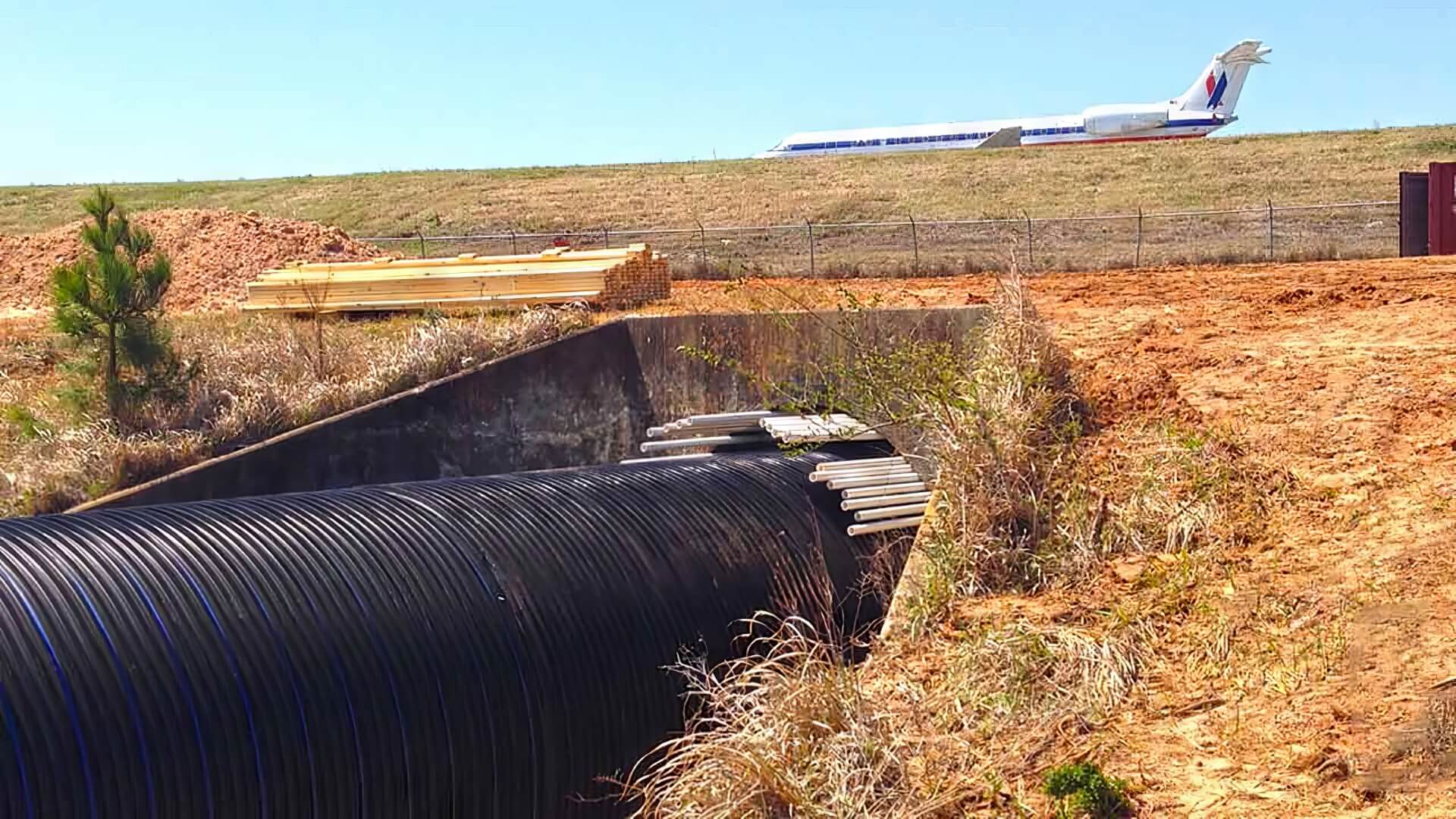
Is a broken tap an emergency?
A broken tap that is causing flooding, water wastage or damage should be treated as a plumbing emergency. Call our 24/7 emergency plumbers for prompt repairs to burst pipes, damaged taps, water leaks and more.
Read MoreSeveral factors can contribute to your toilet emitting unwanted noise during flushing. Issues with your toilet’s fill valve, such as a faulty seal or debris buildup, can affect the water flow into the tank and cause noise. A misaligned or damaged refill tube, which diverts water into the overflow pipe, may also be responsible for phantom flushes and strange gurgling sounds.
Other scenarios that may result in your toilet making noise include:
Deteriorating toilet flappers, faulty fill valves, and compromised supply lines can exacerbate noise issues over time. The specific sound and timing of the noise can help diagnose the root cause before repairing or replacing parts.
Your toilet can emit distinct toilet noise, signaling various plumbing issues, particularly noticeable when toilet is flushed.
A loud "bang" noise after flushing usually indicates rapid water entry into the tank, typically due to flapper or fill valve issues.
Delving into the reasons why certain sounds emanate from your toilet uncovers common issues like:
Paying attention to these noises and when they happen provides clues to pinpoint the underlying cause. North Ryde Plumbing experts can effectively identify and address the source of strange toilet noises, often using sound as a diagnostic tool before proceeding to repair or replace components.
The toilet fill valve controls the flow of water into the tank, ensuring timely refill after each flush. Over time, the valves in your home can develop issues like worn seals, mineral buildup, debris clogging, and internal fractures.
Grasping the reasons why your toilet’s fill valve is troublesome involves recognising typical complications such as:
If your toilet has a leaky valve seal, start by cleaning the screen and the valve, adjusting the float arms, and checking the refill tube’s placement. Persistent seals and recurring clogs, which contribute to toilet noises, often indicate the need for fill valve repair or replacement lessons.
When repairing fill valves, take care not to over-tighten connections. Over-tightening connections can lead to cracks in the toilet tank lid or the supply line. Our professional plumbers at North Ryde Plumbing have ample experience maintaining and replacing fill valves.
In case of a leak in the ballcock assembly, being able to quickly turn off the water supply can prevent significant damage. If it’s misaligned, angled upwards, or obstructed, it can set off water noises like gurgling, phantom flushes, and prevent proper refilling.
To assess and adjust the refill tube:
If the refill tube is cracked or severely damaged, it’s advisable to replace it. The refill time should range from 30 seconds to three minutes, depending on the toilet model.
Our licensed plumber at North Ryde Plumbing can supply and install new, correctly aligned refill tubes to prevent problematic noises and functionality.
Here’s how to troubleshoot a defective flapper:
Flappers that don’t fit or are incorrectly installed create a noise after flushing, signaling a faulty seal. North Ryde Plumbing’s licensed technicians guarantee the right fit and adjustment to prevent sounds after noisy flushes.
Water hammer is the loud noise resulting from the sudden stoppage of water flow when valves or faucets close. This jarring 'thud’ or 'bang’ stems from the momentum being suddenly interrupted within the piping system.
The best way to solve noise issues when flushing toilet is by installing a water hammer arrestor. An arrestor is a special device containing air pressure that cushions the water when it’s forced to stop. Install water arrestors as close as possible to problem areas on supply lines.
Common spots to install arrestors for effectively dampening noises when the toilet is flushed include:
Our licenced North Ryde Plumbing technicians can usually pinpoint the cause behind noisy water hammer and fit arrestors to silence loud pipes definitively.
Noises resembling horns or foghorns from your toilet typically result from resonance in your plumbing system. Such turbulence is likely because a plumbing system valve in the supply line remains partly closed or clogged, likely culminating in noise within your toilet tank.
To troubleshoot these toilet noises when I flush:
Keeping water passages clear can often eliminate resonance and reduce noise when using the toilet. If adjusting valves and clearing obstructions doesn’t silence my toilet making odd noises, it may be time to check for issues with high water pressure or pipe integrity.
Learn more about engaging a professional plumber from North Ryde Plumbing who ensures extensive expertise in addressing any disconcerting toilet din. We can uncover the reasons behind persistent sounds and suggest enduring remedies to bring back tranquillity.
A persistent gurgling sound stemming from the toilet frequently points to partial drainage obstructions in either the toilet itself or the main sewer vent stack. Sediment, mineral buildup, or obstructions in the drainage pipes can restrict water flow, causing turbulence and bubbles.
To identify clogs:
Should DIY unclogging efforts fail to resolve the bubbling, have a professional from North Ryde Plumbing evaluate the tank. We have specialised drain cleaning equipment like hydro-jetters and camera inspection tools to diagnose vent blockages or toilet drainage issues. We can then clear any stubborn obstructions and restore free flowing operation, preventing noise when the toilet is used.
Ignoring ongoing gurgling noises could lead to partial blockages developing into full clogs. Our expert technicians possess the skills and equipment to fix ventilation issues and eliminate gurgling or bubbling noises from the toilet.
Addressing the common problem of noises with routine preventive maintenance is key to keeping your toilet quiet and trouble-free. Check the fill valve and refill tube for cracks or leaks, and Ensure the valve can still seal tightly to prevent leaks into your toilet bowl.
It’s advisable to replace toilet flappers every few years due to rubber deterioration.
Upgrading to new anti-syphon ballcock valves can improve water efficiency.
North Ryde Plumbing provides professional services for quiet toilet maintenance, including inspections and part replacements. Contact North Ryde Plumbing for expert advice on how to use your toilet’s features and tackle problems beyond simple DIY fixes.
Our skilled technicians can identify plumbing issues and suggest corresponding solutions. Trust us for all your routine plumbing maintenance needs.
A broken tap that is causing flooding, water wastage or damage should be treated as a plumbing emergency. Call our 24/7 emergency plumbers for prompt repairs to burst pipes, damaged taps, water leaks and more.
Read MoreBurst pipes, blocked toilets, sewer backups and lack of hot water are among the most common residential plumbing emergencies that require urgent attention from a professional plumber. If you experience any of these issues, call our 24/7 North Ryde emergency plumbers right away for fast, reliable service.
Read MoreTo determine if a relined pipe meets safety standards, professionals use equipment like CCTV cameras and hydrostatic pressure tests. Relining pipes is an affordable, non-invasive alternative to full replacement that can extend pipe lifespan 50+ years if done properly.
Read MoreNorth Ryde, 2113 NSW
We will call back as soon as possible.




